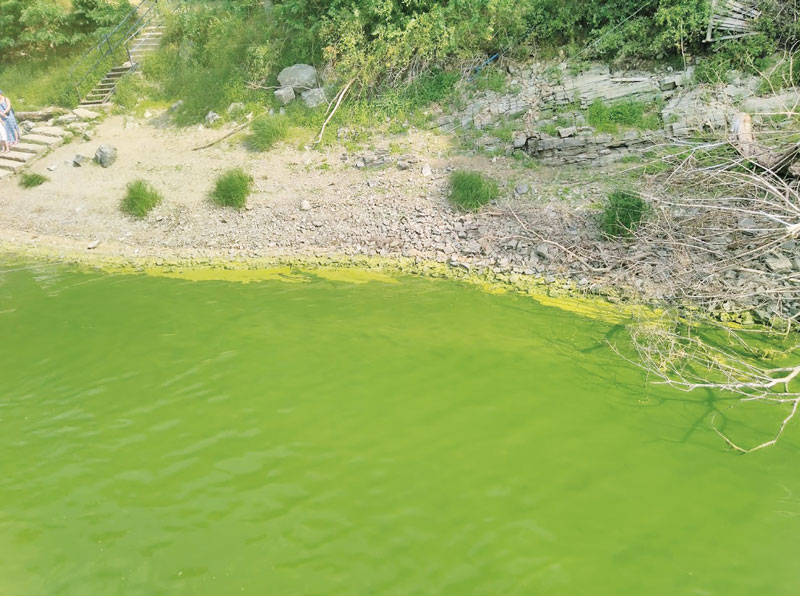Possibilities of wastewater treatment using an experimental device for physical action by an electrostatic field with a focus on pharmaceuticals
As a result of climate change and the world´s population growth, ensuring sufficient amount of water is expected to be an increasing problem. There is a growing need for eco-technologies with reduced water consumption, for the use of harvested rainwater, as well as reuse of wastewater.
Currently there are millions of known chemicals, and more and more are being synthesized every day. The chemization of various branches of industry leads to the increasing massive contamination of our environment with foreign substances.
This paper presents the possibilities of rebuilding experimental laboratory equipment for the physical processing of waste into an equipment able to apply electrostatic field action on wastewater. It also considers the possibilities and perspectives of its further use, either alone or in combination with other technological processes, e.g. biotechnologies. The first series of experimental trials was aimed at eliminating selected pharmaceuticals.



